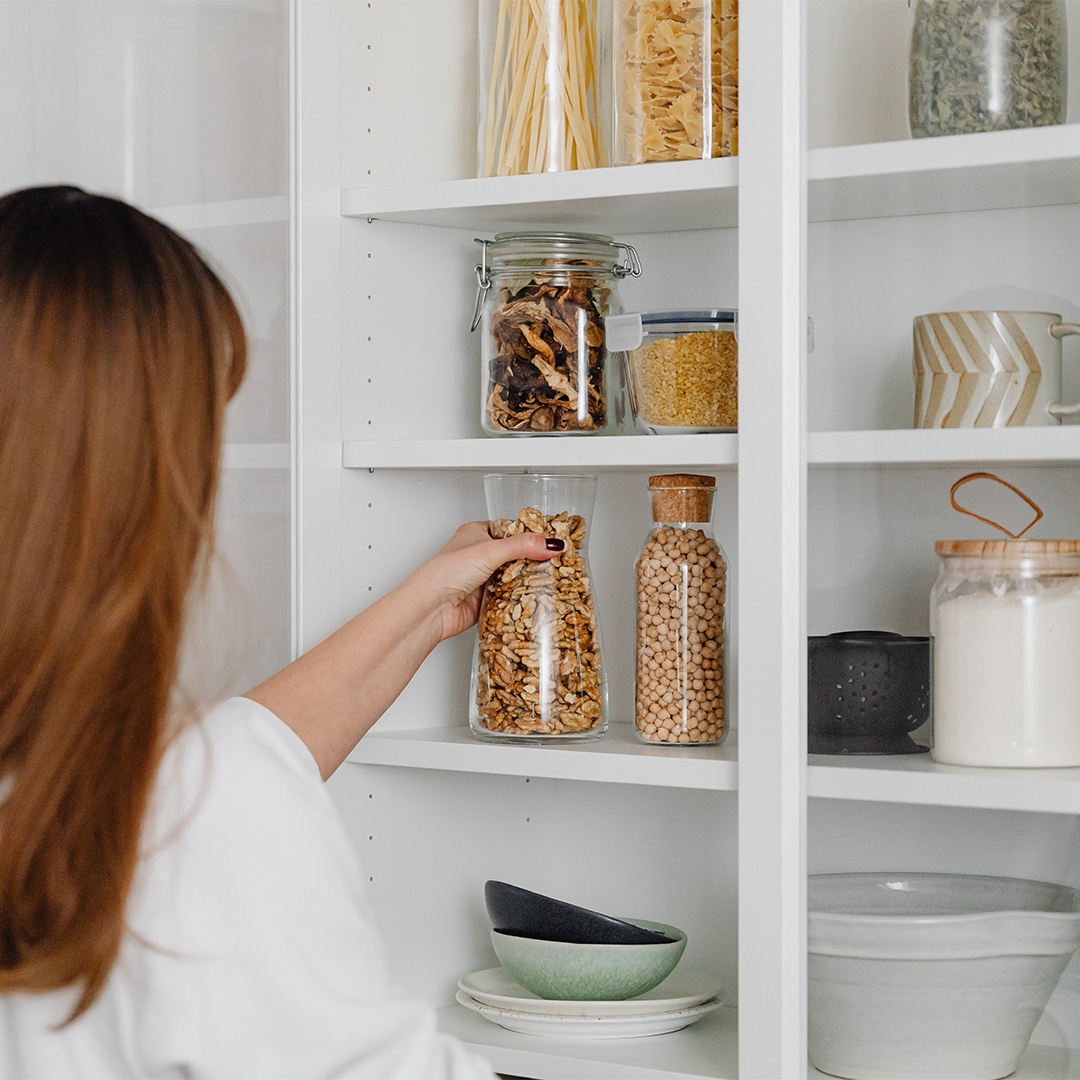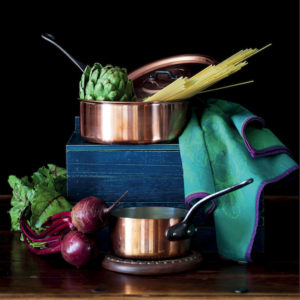Here’s a step-by-step guide to spring-cleaning your cupboard for a better cooking and baking experience.
A well-stocked and organised store cupboard is an essential aspect of easy everyday cooking. If staples are within easy reach, you can cook more efficiently. Here’s how to make it happen today:
1. Unpack everything
Start by removing everything from your cupboards and setting it out on the counter. Go through each item to check if it has expired. Consider if you still plan to use it, otherwise set it aside to give to a friend or donate to a charity (if it’s unopened).
2. Clean shelves and surfaces
Give surfaces a thorough clean. For stubborn grease and grime, use a dish sponge and a mixture of dishwasing liquid and warm water. Make sure you also inspect condiment bottles for any drips, and dust off jars. Consider using shelf liners or newspaper to protect the shelves from future spills or drips to make cleaning easier.
3. Group items by category
Group similar items together, such as grains, legumes, flours, tinned goods, baking ingredients, spices and herbs, and condiments. Transparent plastic bins are ideal as you’ll be able to see what’s inside them at a glance. Lazy Susans and rotating kitchen organisers are also worth investing in as they take up very little space and allow you to easily find what you need without having to reach at the back of the cupboard. Decant items that are packaged in paper or cardboard into sealable containers or glass jars to prevent weevils and other unwanted pests from getting into the food. You can go a step further by labelling each item with its expiry date.
Also read: Clever Cooking Tips To Beat Load-Shedding
4. Label
If you’re a stickler for uniformity and plan to use the same storage containers for all your ingredients, you’ll need to label the containers if the contents aren’t easily recognisable. Apply labels based on how you would usually access the item – for example, if you plan to store herbs and spices in a drawer, it makes more sense to label the top of the jars so you don’t have to take out each one to check what’s in it.
5. Organise based on use
If your cupboards have multiple levels, store the items you know you’ll use most often at eye-level for easy access. Store rarely used ingredients higher up or at the back of the cupboard. If you happen to buy extras of an item (because of a bulk deal, for example), store these items in a separate cupboard and label it ‘backstock’, if necessary. It’s helpful to keep a list of what you have ‘in stock’ at any given time as you’ll likely forget what you have if you don’t see it regularly, and this way you won’t double up.
6. Check the pantry before meal planning and shopping
When planning your meals for the coming week, always refer to what’s already in your pantry. This makes sure you use up what you have before buying new ingredients, preventing waste. Remind other members of your family who also do grocery shopping to always check the pantry before heading to the shops and to make a note of anything that has run out or is running low.
Photography: Unsplash




